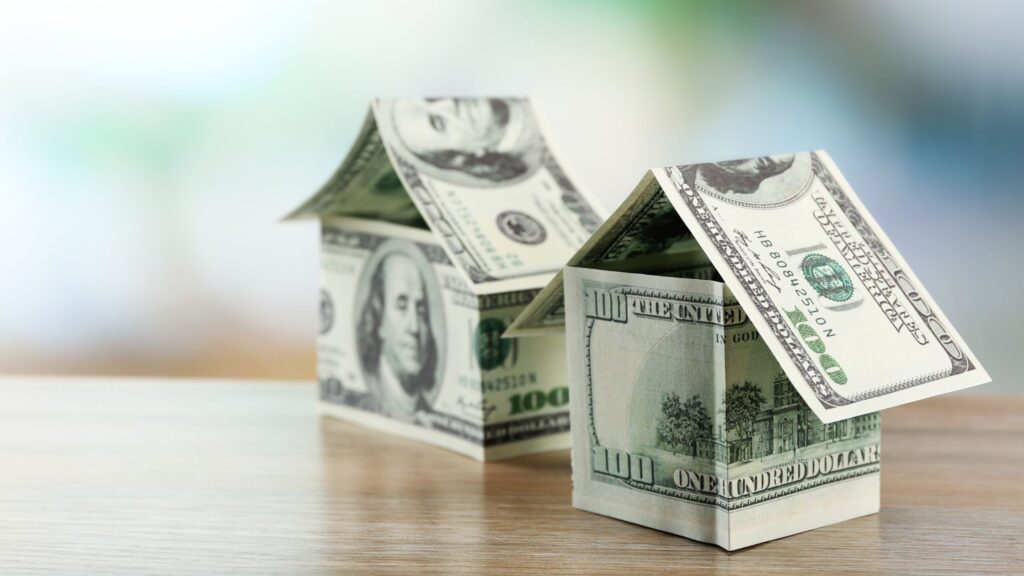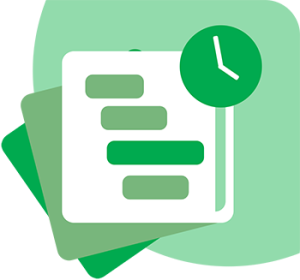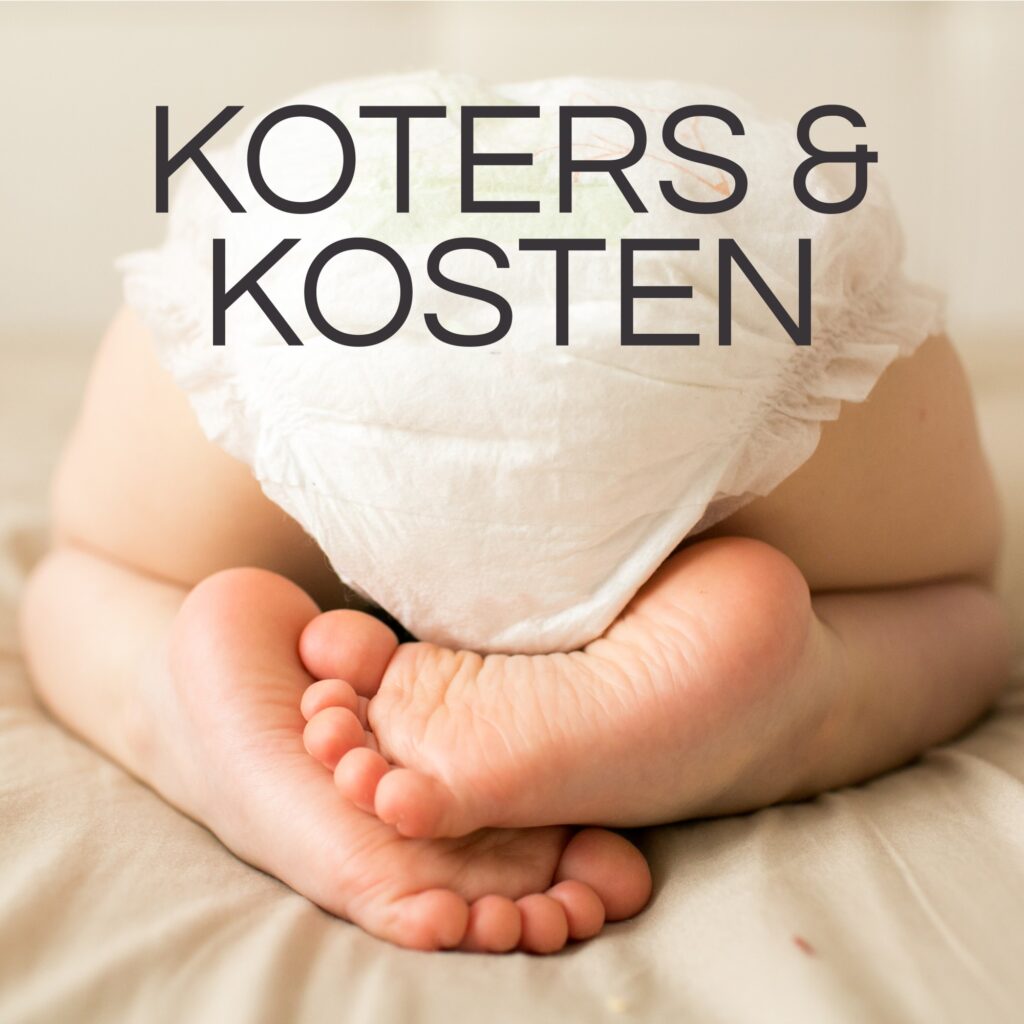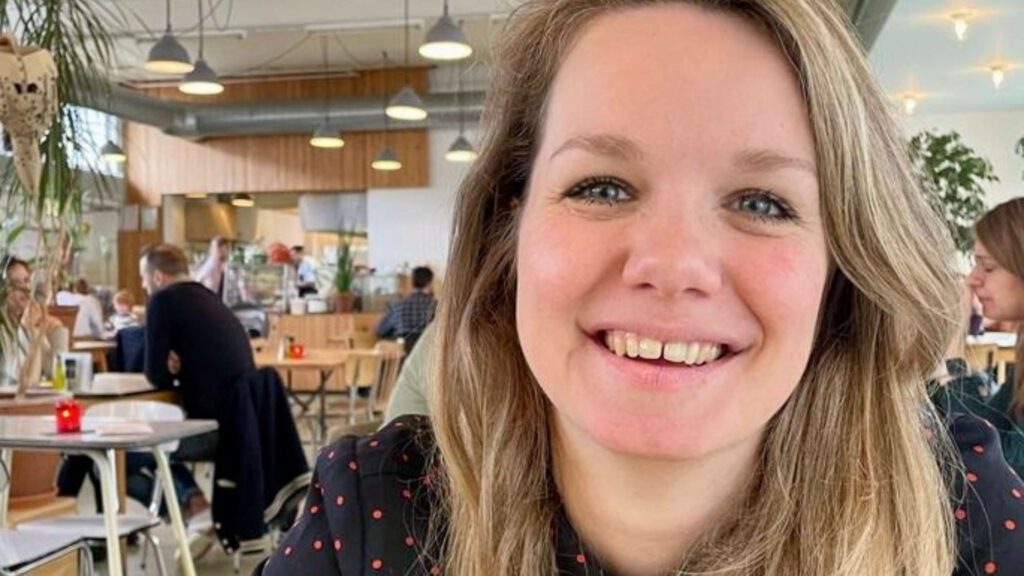Economic oppression: here’s what you need to know

We wrote about it before: economic oppression. A form of domestic violence that is coming under increasing scrutiny, and where containment of financial resources is central. But what exactly is it? And how many people are affected?
Economic oppression: the facts and figures at a glance
If you want to understand economic oppression, it is smart to divide it into three phases. The first stage is the period when a person is still together with his “abuser,” the economic abuse is still taking place. Then there is the transition phase, to what extent does someone have the financial resources to leave? And you have the aftermath. Because financial abuse affects the rest of your life, even if you have been away from your partner for a long time.
Phase 1 | Direct economic repression
Economic oppression is very broad, as we explained earlier. Roughly speaking, you can divide financial abuse into two categories: paid and unpaid. Sounds strange, doesn’t it? Explain. If you are financially oppressed in your “paid work,” you are not allowed to study or work, sabotaging a financially stable future. Second, you may also be restricted in your livelihood. Can you access your own money so you can buy things like clothes, food and medicine? They are activities that don’t necessarily make you money, therefore unpaid, but they do affect the quality of your life.
Research on economic oppression is still in its infancy. Recent research by the Radboudumc found that 42.9 percent of women experiencing domestic violence are also economically oppressed. That number is probably much higher: many women do not realize that they are financially constrained in their doings.
If you have to explain every expense to your partner, for example, this is also already a sign of economic oppression. Your partner’s refusal to contribute to joint expenses is also cause for considerable alarm. ELFIN’s Puck recently wrote candidly about her experiences with her ex-boyfriend.
Well, now for the (shocking) numbers. In 2019, Britain’s Women’s Aid conducted research on economic violence among 72 women, 75 percent of whom were of white British descent. All women are victims of domestic violence. This research revealed the following:
- 31.9 percent of women experiencing domestic violence had little or no access to their (savings) account(s);
- Two-fifths of “abusers” did not pay for joint expenses, or even stole money from their partner;
- 44.4 percent of women did not have enough money to support themselves in their basic needs. Many women therefore broke into their children’s savings.
Phase 2 | The subterfuge
Getting away from your abusive partner: it’s easier said than done. Especially if you are economically oppressed, fleeing from your home situation is a lot harder. Because, where to go? To build your own life, you need financial resources.
- One-third of the women surveyed therefore had to tap into their savings to leave. But as you just read, not every victim can access her money. A quarter of women therefore borrowed money from family or friends to go away.
- Almost half of the women had to pay money after they left: for the divorce or for the house, for example;
- Nine women became homeless after leaving their partners, nine others went to live in a house that was not actually suitable to meet their needs.
Phase 3 | The aftermath
Once you leave your partner, the (financial) problems are not over. Many women are still struggling with debt, but the period of abuse has also had its impact mentally.
- Among women with children, more than half of the partner does not pay child support;
- 43.1 percent are in debt after leaving.
Other research shows that economic oppression increases the risk of mentally related illnesses, such as depression (33 percent), anxiety (26 percent), suicide (13 percent) and addiction (10 percent for alcohol, 6 percent for drugs).
Heady numbers, huh? It is therefore not surprising that the Radboudumc wanted to raise awareness of economic oppression and its effects with its research. This is our contribution.
Want to read more? ELFIN’s Adeline interviewed relationship therapist Nynke Nijman about financial (dis)dependence, and there economic oppression is also discussed. Or read ELFIN’s Puck’s experience story, about her ex-boyfriend.
Do you recognize yourself in these stories, or are you experiencing domestic violence in some other way? Feel free to take a look at SAFE’s website, they will help you there.
Sources:
Anitha, S. (2019). Understanding economic abuse through an intersectional lens: Financial abuse, control, and exploitation of women’s productive and reproductive labor. Violence against women, 25(15), 1854-1877.
Branigan, E. (2007). ‘Who pays in the end?’ The personal and political omplications of financial abuse of women in intimate partner relationships. Just Policy: A Journal of Australian Social Policy, (44), 31-36.
Van Gelder, N., Ligthart, S., Astro, L., & Oertelt-Prigione, S. (2021). Economic abuse among Dutch women (formerly) victimized by intimate partner violence and abuse: A mixed methods approach. Journal of Gender Studies, 24(2), 89-107.
Women’s Aid (2019) The Economics of Abuse Report 2019: The Economics of Abuse. Bristol: Women’s Aid.





